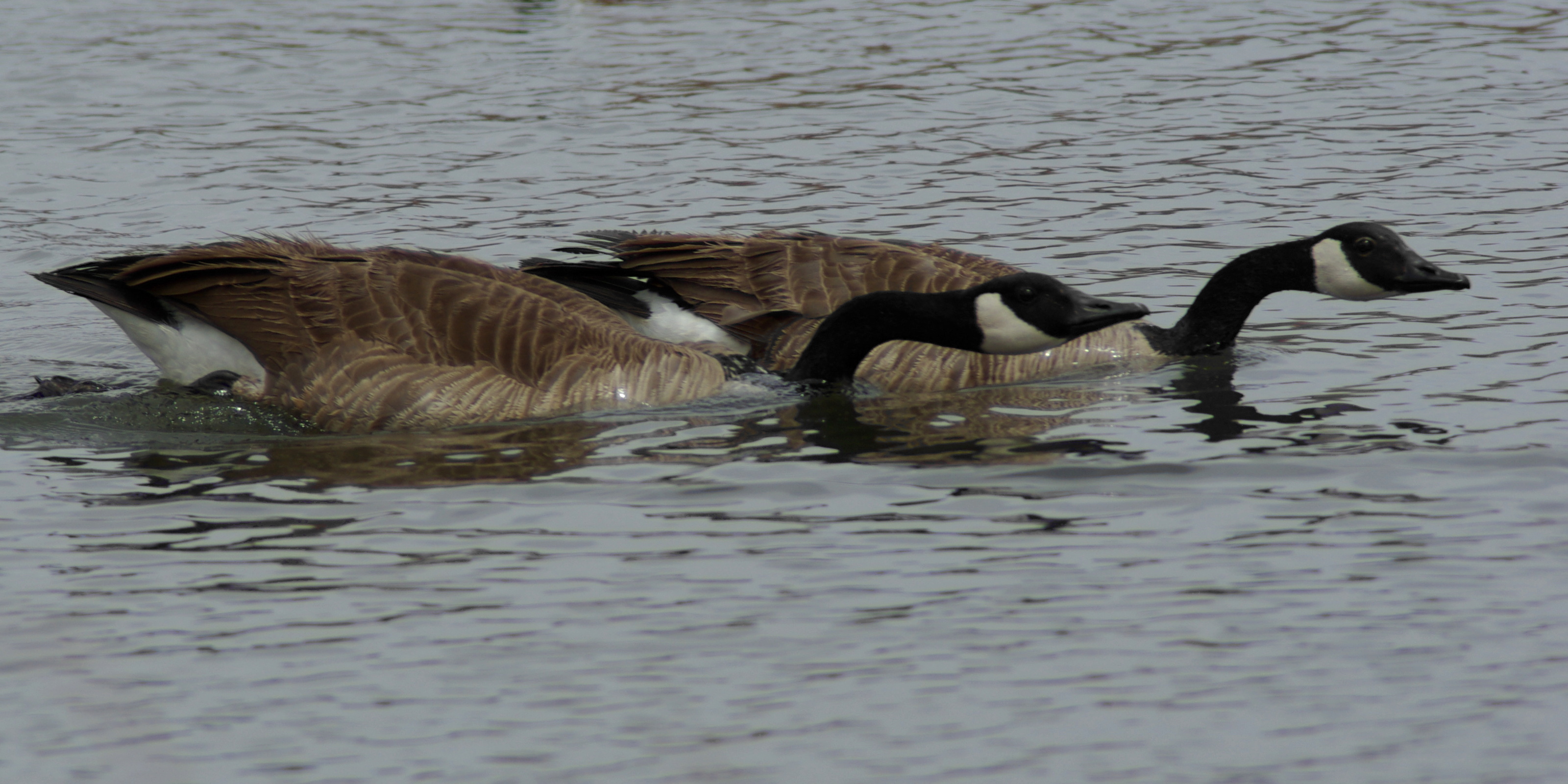Which is fantastic for the many people who come here to enjoy the amazing biodiversity and recreational facilities Dumfries & Galloway has to offer. The Land Reform (Scotland) Act 2003 gives the public the right to be on most land and inland water for recreation, education and going from place to place, providing they act responsibly.
The "Scottish Outdoor Access Code" (as it's known) provides guidance on access rights and responsibilities but it is not in it'self an authoritative statement of the law, although it has been approved by Ministers and the Scottish Parliament. As I understand it, the code is more of guidelines that, if followed, help you observe the law and are an example of good practice when out-and-about in the countryside.
Many of our guests are keen walkers, birders, cyclists or dog owners and most come from outwith Scotland. As Scottish access rights are different to other countries they are often hesitant when going out and about, as I was when I first came here. I grew up in Yorkshire where the only option to explore the countyside was to use a permissive footpath so although I love the freedom, I am still sometimes uncomfortable 'roaming free'. With this in mind I looked up the Scottish Outdoor Access Code when I moved here and always check my rights over my chosen route before I go.
Guests often ask about the Scottish right to roam when exploring our beautiful countryside so I thought it would be a good idea to do a post about the "Scottish Outdoor Access Code" as a handy reference. This is just intended as a quick overview, there are links to official publications at the bottom.
The Land Reform (Scotland) Act 2003 gives you the right to enjoy:
• Informal pastimes such as walking, camping, picnicking and sightseeing
• Active pursuits including cycling, mountaineering, canoeing and horse riding
• Dog walking, provided your dog is under proper control
• Taking part in recreational and educational trips
• Simply going from one place to another
... over most of Scotland including:
• Urban parks
• Hills and woods
• Most grass fields and field margins
• Beaches
• Lochs, rivers and canals
However, in the interests of safety and to encourage goodwill between the public and to land owners and managers, it is equally important to note the places where you CAN NOT exercise this right.
The main places where access rights do not apply are:
• houses and gardens, and non-residential buildings and associated land
• land in which crops are growing
• land next to a school and used by the school
• sports or playing fields when these are in use and where the exercise of access rights would interfere with such use
• land developed and in use for recreation and where the exercise of access rights would interfere with such use
• golf courses (but you can cross a golf course provided you don’t interfere with any games of golf)
• places like airfields, railways, telecommunication sites, military bases and installations, working quarries and construction sites
• visitor attractions or other places which charge for entry
2. Care for the environment.
3. Take responsibility for your own actions.
The Code: is based on three key principles which apply equally to both parties, the public and land owners or managers. These are simply, in my opinion, basic common sense and are second nature to most countryside lovers/users and wildlife enthusiasts so are not onerous to abide by.
1. Respect the interests of other people.
Which means acting with courtesy, consideration and awareness. If you are exercising access rights, make sure that you respect the privacy, safety and livelihoods of those living or working in the outdoors, and the needs of other people enjoying the outdoors. If you are a land manager, respect people’s use of the outdoors and their need for a safe and enjoyable visit.
2. Care for the environment.
If you are exercising access rights, look after the places you visit and enjoy, and leave the land as you find it. If you are a land manager, help maintain the natural and cultural features which make the outdoors attractive to visit and enjoy.
3. Take responsibility for your own actions.
If you are exercising access rights, remember that the outdoors cannot be made risk-free and act with care at all times for your own safety and that of others. If you are a land manager, act with care at all times for people’s safety.
I hope that this post is useful as knowing the code gives me the confidence to explore freely.
You can get more extensive guidance and download several documents here:
These include:
I hope this helps you to enjoy the wonderful diversity Dumfries & Galloway has to offer to the full, particularly in this Year of Natural Scotland
Source: Scottish Natural Heritage - http://www.outdooraccess-scotland.com/


















